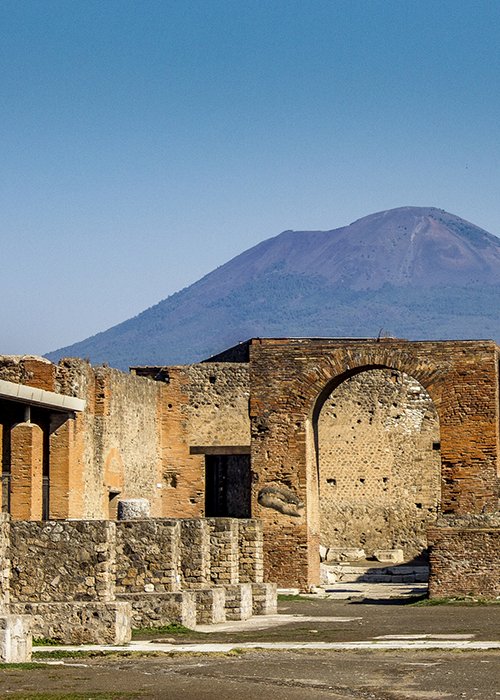A team of researchers, with the aid of artificial intelligence, made a significant breakthrough in deciphering the Herculaneum Papyri. These ancient scrolls, charred by the eruption of Vesuvius in 79 A.D., contain a wealth of knowledge from the Greek and Roman worlds. For centuries, their study has been hindered by the fragility of the material and darkening of the ink. However, recent technological advances, including high-resolution radiography and machine learning, are providing new hope for unlocking their secrets.
A significant milestone was achieved earlier this year when three students, using an artificial intelligence algorithm they developed, succeeded in reading a word in a papyrus for the first time: 'purple'. Although small, this discovery marks a major leap forward in the understanding of these ancient texts. Artificial intelligence can detect the tiny furrows left by the ink on the papyrus, even when they are invisible to the naked eye.
The analysis of the papyri using artificial intelligence has already led to several intriguing revelations. For instance, one of the papyri appears to contain a treatise on music, while another describes the Romans' favorite flavors, including capers. Furthermore, there is speculation that one of the papyri may reveal the location of the tomb of the philosopher Plato, a mystery that has fascinated scholars for centuries.
Thanks to artificial intelligence, it is now possible to read texts with unprecedented accuracy and speed. This means that in the coming years we could discover new information about philosophy, literature, history and everyday life in the ancient world.




